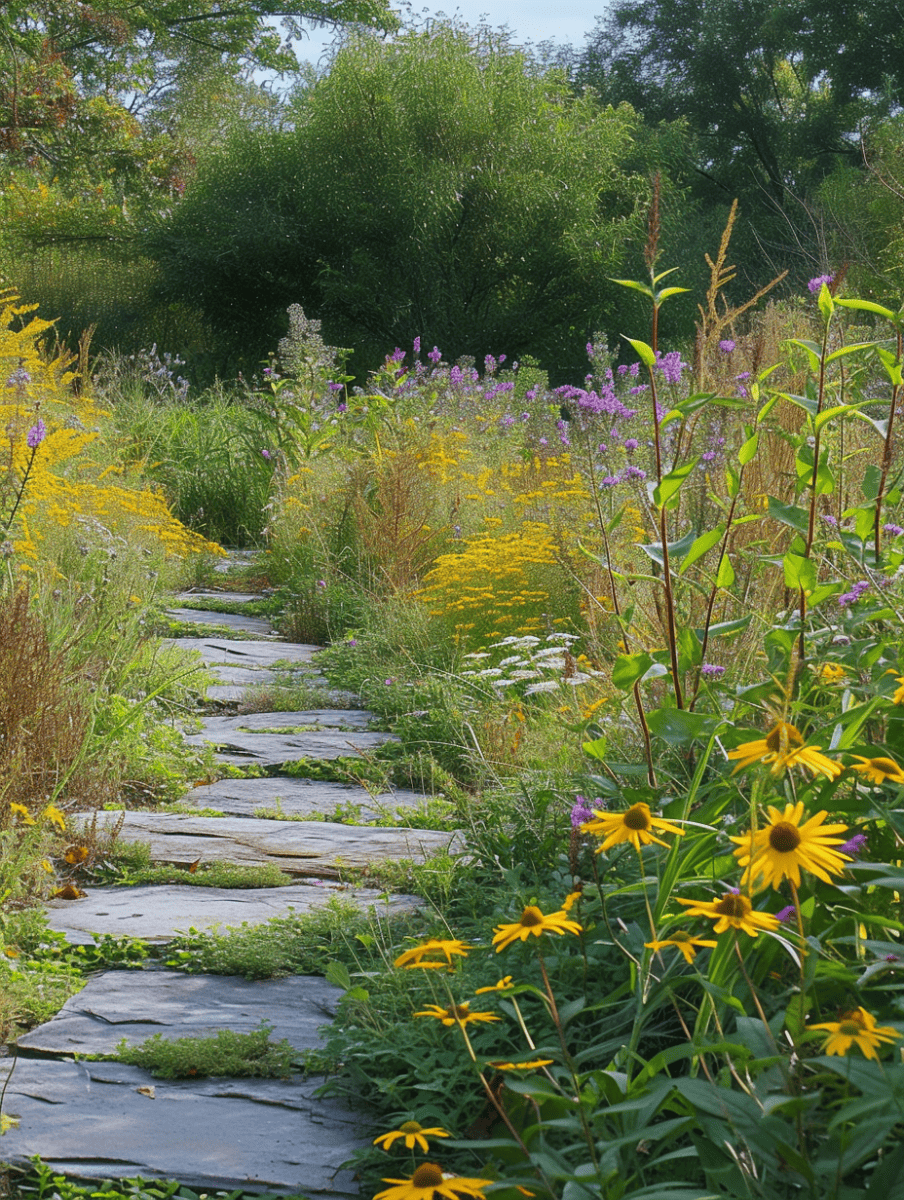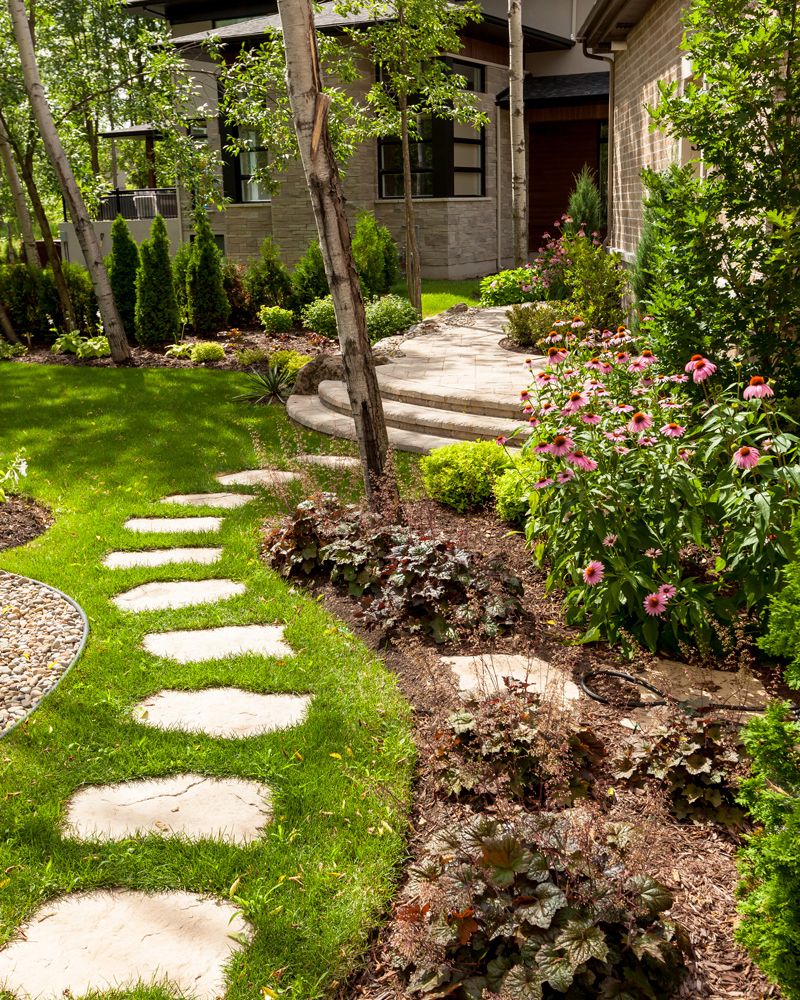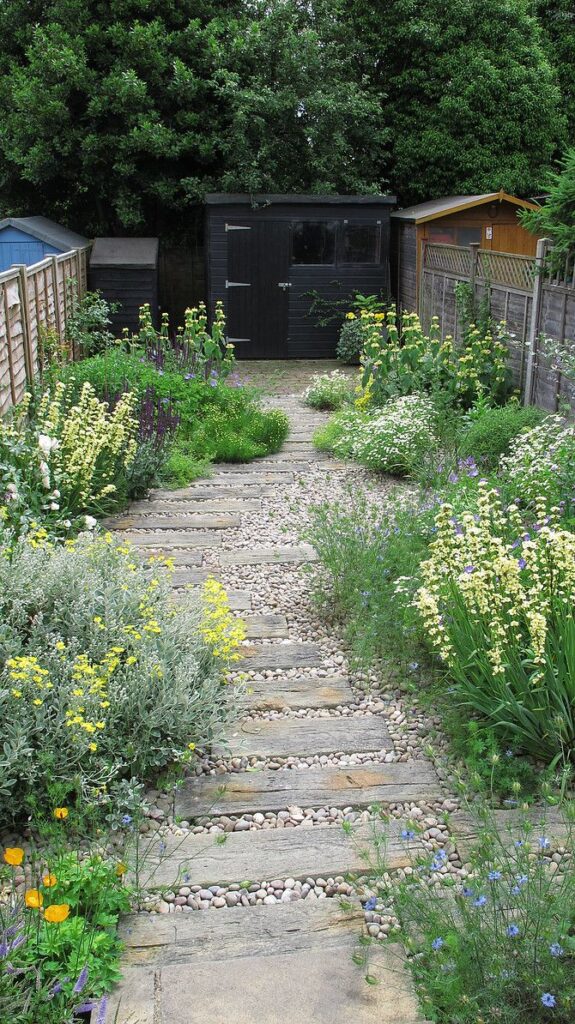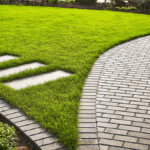A garden path is an essential element in any outdoor space, providing a functional and aesthetic way for people to navigate through the landscape. Whether it leads to a front door, a backyard retreat, or meanders through a flower bed, a well-designed garden path can enhance the overall beauty of a garden.
There are many different materials that can be used to create a garden path, each with its own advantages and drawbacks. For a more natural look, consider using materials like gravel, mulch, or wood chips. These materials are relatively easy to install and can be arranged in various patterns to create a unique path. For a more formal look, consider using materials like brick, pavers, or concrete. These materials offer a clean and polished look, and can be laid in straight lines or intricate patterns.
When designing a garden path, it is important to consider the scale and style of the surrounding landscape. A narrow path may be more appropriate for a small garden, while a wider path can accommodate more foot traffic and create a grander entrance. Additionally, the materials and colors used in the path should complement the overall theme of the garden, whether it be formal, casual, or rustic.
Incorporating curves and turns into a garden path can add visual interest and create a sense of mystery as to what lies beyond. By meandering through the landscape, a curved path can lead visitors on a journey of discovery, encouraging them to explore different areas of the garden. Curved paths are also more visually appealing than straight paths, as they create a softer and more organic flow.
To enhance the beauty and functionality of a garden path, consider adding lighting along the path to illuminate the way at night. Solar-powered lights are a convenient and eco-friendly option, while low-voltage lighting can provide a more customized and subtle effect. Lighting can highlight key features along the path, such as flowerbeds, trees, or sculptures, creating a magical ambiance in the garden after dark.
In conclusion, a garden path is a versatile and essential element in any outdoor space, providing a way for people to navigate through the landscape while adding beauty and character to the garden. By carefully selecting materials, considering the scale and style of the landscape, incorporating curves and turns, and adding lighting, a garden path can enhance the overall design of the garden and create a welcoming and inviting atmosphere for visitors.

















